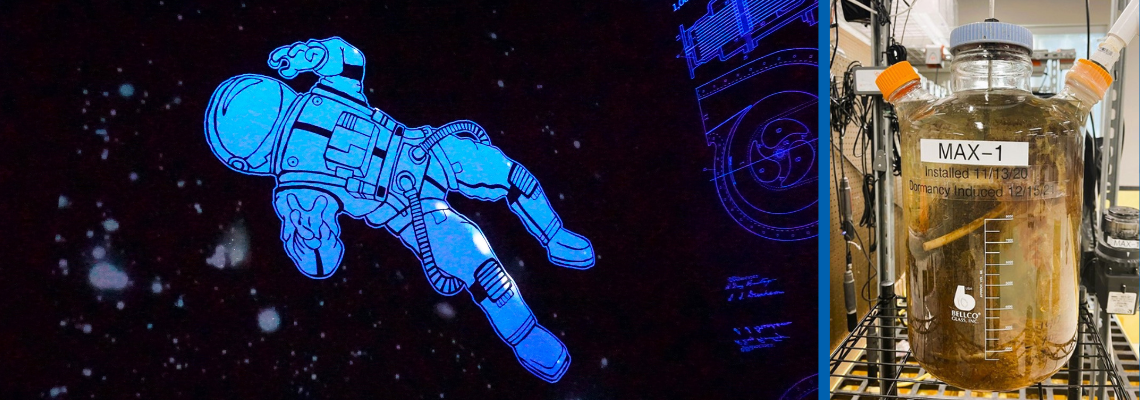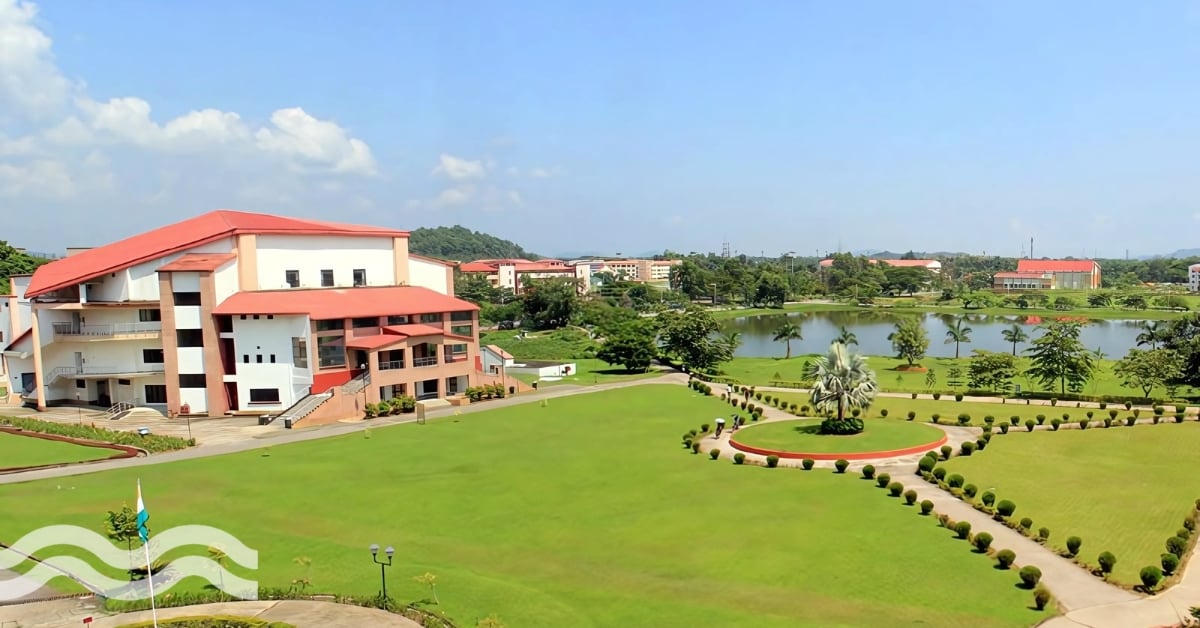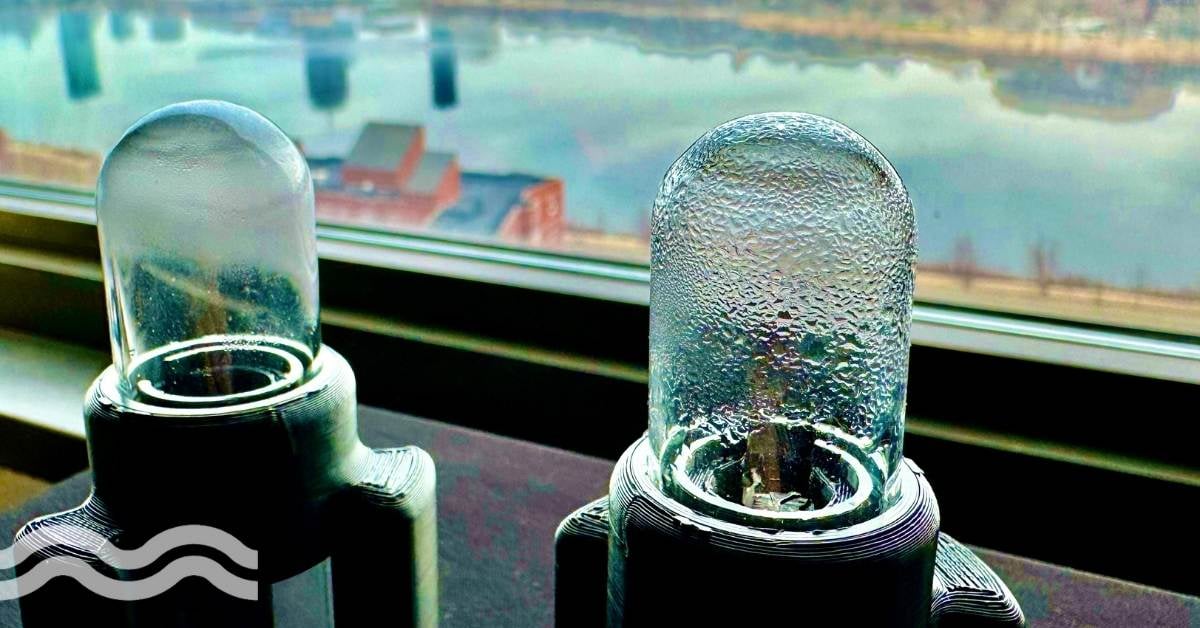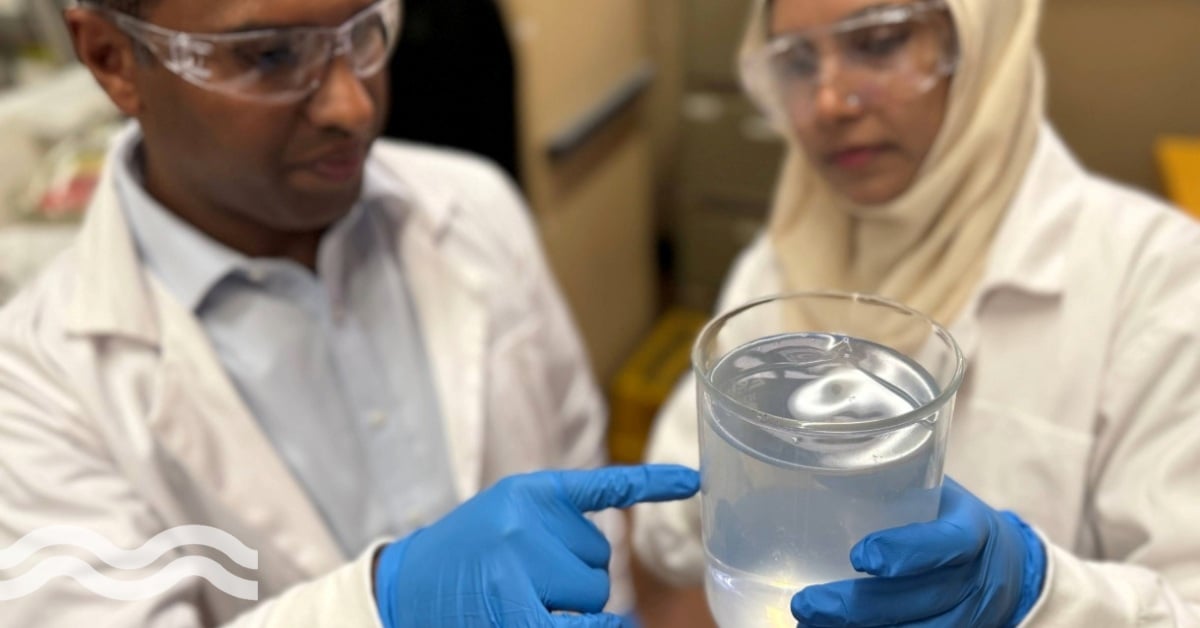Space: the final frontier for water recycling? Pancopia secures NASA funds

Water purification company, Pancopia, has been awarded $350,000 to continue the development of the NASA MAX System for efficient water recycling in space and future earthside applications in agriculture.
The final frontier
Water purification company, Pancopia, has been awarded $350,000 to continue the development of the NASA MAX System for efficient water recycling in space and future earthside applications in agriculture.
In 2018, through NASA’s Game Changing Development Program, Pancopia proposed the investigation of a second-stage reactor that aids in ammonia treatment and removal for wastewater recycling purposes.
The company continued to develop this technology via Small Business Innovation Research contracts (SBIRs) and other NASA funds when it was awarded a second-phase SBIR contract in 2019.
Now Pancopia will further its research to produce the next-generation design of biological treatment systems for waste purification in space exploration.
The new reactors will have increased capacity and automation for nitrogen management in the future of space-based work.
Recovery and recycling of water in space is a top priority and NASA is exploring multiple options for the space station, long voyages, and at some point, colonisation.
This grant will permit Pancopia to improve on our technology for NASA and strengthen our conception of biological water purification systems by leveraging past research for the Department of Energy and United States Department of Agriculture.
One biological system under development at Texas Tech University (TTU) removes high levels of organic carbon and nitrogen.
Pancopia is developing a second-stage treatment reactor to polish the effluent from TTU’s reactor and remove the remaining nitrogen.
The reactor uses the newly discovered anammox bacteria that can efficiently remove nitrogen at one-third the cost of conventional treatment.
If successful, this reactor could help recycling wastewater in space and has the potential to have widespread use in municipal wastewater treatment and recycling.
Bill Cumbie, CEO and founder said: “This grant will permit Pancopia to improve on our technology for NASA and strengthen our conception of biological water purification systems by leveraging past research for the Department of Energy and United States Department of Agriculture."
Who is Pancopia?
Founded in 2014, Pancopia is a private environmental technology company from Virginia that specialises in the development of economically beneficial water purification systems that simultaneously improve the environment.
The organisation has worked with NASA since 2015 when the company received its first in a series of contracts for the development of a biological wastewater treatment system for the space-based application.
The company's first project with NASA involved the development of a wastewater treatment system for use on the space station and other manned missions that will be capable of recycling 95 per cent of wastewater into drinking water.
Across the pond in the UK, a new method that uses plasma to purify in-situ water in space from the University of Southampton received funding from the UK Government.
Meanwhile, Japanese firm Kurita Water Industries has been working with JAXA to reduce energy use on a small water recycling system.
Impact back on Earth
The technology has the potential for applications in other fields that would benefit from biological wastewater treatment.
Currently, Pancopia is implementing other technologies in the livestock sector for agricultural wastewater treatment and nitrogen reduction for water reuse.
Through an SBIR grant with the Department of Energy, it is developing its Panoxic system to reduce nitrogen levels in swine wastewater used as a biogas feedstock.
The company said that this improves swine productivity, increases irrigation abilities, improves environmental sustainability, enables biogas energy production, and creates benefits for pigs, producers, and the environment.
This project is currently in a Phase II SBIR, with a Panoxic unit installed and operational at a commercial swine farm.


